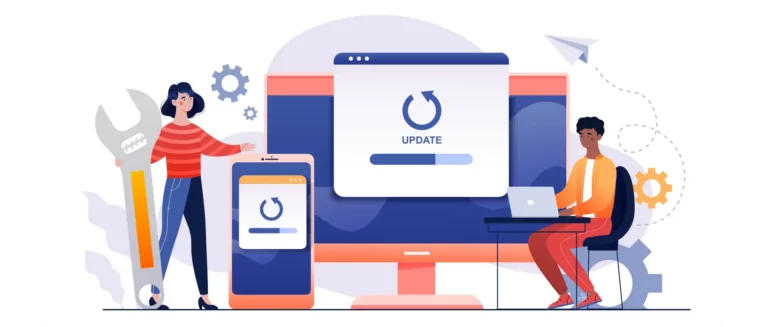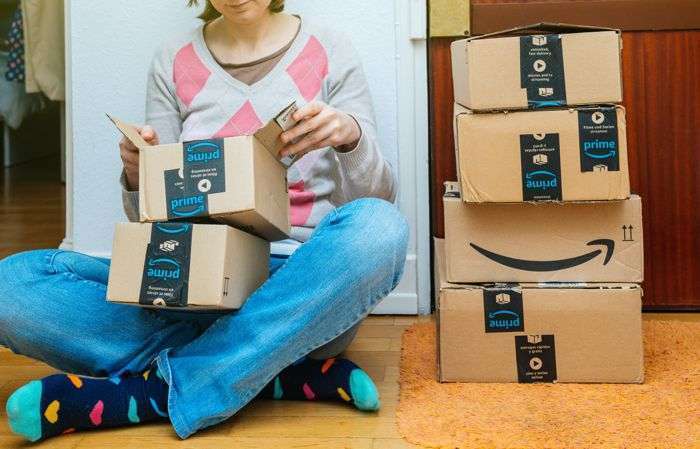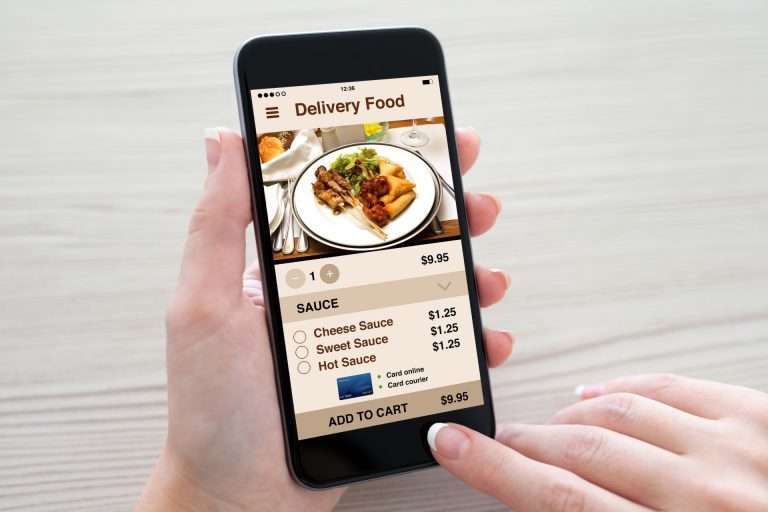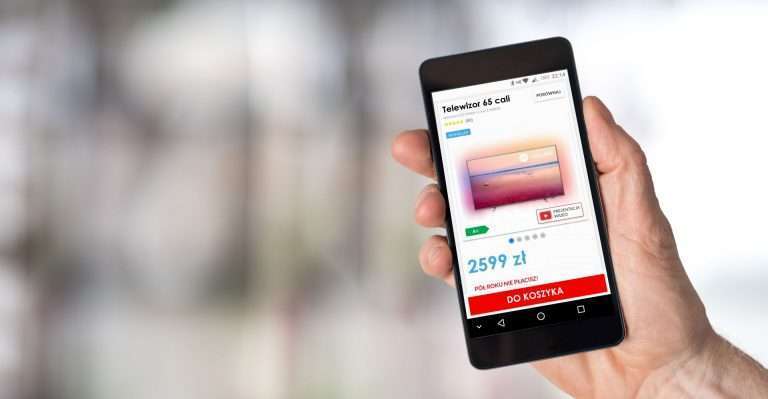Below is the first handful of practical tips on how to optimize the product page in an e-shop.
1. Call to action!
To buy a product in your store, a customer has to click a button that… allows them to do so. But if that button is not placed on the page in the right way, you won’t get as many conversions as you expect.
Look at the websites of the biggest players on the market. Choose 2-3 entities that you consider the best. Regardless of where you end up, we can assume with great probability that there will be one, clearly visible button on the product pages that can be clicked. Most often, it will have a call to action such as “add to cart” or “buy now”. Such buttons, apart from the product itself, should be the most visible part of the page. So that they cannot be missed.
Now go to your website and look at your product pages. Check if your customers can immediately spot the buttons. If not, you should fix it as soon as possible. The call to action button must always be visible. If users have to scroll to find it, it will not have a high conversion rate.
There’s something else to keep in mind. Don’t place conversion buttons near other conversion buttons. For example, a “buy now” button shouldn’t be next to a “subscribe” button. Collecting leads is important, but if you’re doing it on a product screen, you’re potentially distracting customers from their main goal: making a purchase.
Don’t overdo it with creativity when it comes to the text on the button. Standard wording that customers are used to (e.g. “buy now” or “add to cart”) is the best solution in this case. A text that is too original can simply confuse customers.
2. Professional photos
Consumers who shop online naturally rely heavily on images when making decisions.
Your modern smartphone certainly takes great photos, but you shouldn’t use it to take product photos. While it will be much more expensive than taking the photos yourself, opt for professional product photography services. This is one of those things you shouldn’t skimp on.
A professional photographer not only has professional equipment and software for editing photos. First of all, they know what a good packshot photo should look like, depending on the product it represents. They know what light to use, what angles to take the photo from, and how to show important details. They will also help you arrange the photo appropriately.
For example, let’s say you sell watches. A photo of just a watch on a table won’t add much value to the consumer. But if you put the watch on their wrist, the customer will be able to better imagine, among other things, its actual size and how it will look on their hand. Now you’re probably thinking: “this is obvious and I don’t need a photographer for this.” The idea of arranging a watch on the wrist is obvious, but do you have any other ideas on how to present it?
Taking a picture of a watch on your wrist is a much more complex matter. The customer would like to see the product from every angle. That is why one picture shows how the watch looks from the perspective of the person wearing it. However, subsequent shots can already show how it will look from the point of view of another person. That’s not all! Why not show how the watch looks when you jump out of the plane? Such pictures will tell the full story of the product. That it is stylish, looks great and can be worn both during business meetings and during physical activity.
3. Customer reviews
We may declare that we are independent, not driven by fashion and make our own decisions. We may be unique, but as consumers we overwhelmingly follow the opinions of others. Why would we buy a product that no one else wants? Or even worse: others advise against it?
Especially for e-consumers, the opinions of others are a key point of reference. Based on photos and descriptions, they often will not be able to tell whether your product is good and will be useful. And if they are uncertain when shopping, they will probably abandon the transaction.
According to research, 84% of people trust online reviews as much as a recommendation from a friend. After reading one to six reviews, 68% of customers form an opinion about a brand or product. That’s why it’s your job to encourage customers to leave reviews. After someone makes a purchase, send an email asking for a rating or review of the product. The more reviews you get, the better. 49% of consumers say that the number of online reviews affects the credibility of a company.
Just make sure that the reviews don’t get in the way of the user’s purchase. Let’s say your product has 68 reviews and its customers rate it 5 stars. Brag about it, but be sensible. Put this information next to the product description, for example, but don’t display the reviews there. If someone wants to read them, after clicking, let them be taken to the bottom of the page.
If reviews were placed more prominently, it would be too distracting and would take customers’ attention away from the product. However, placing the basic information at the top of the page and providing customers with easy access to reviews will help them make a purchasing decision.







